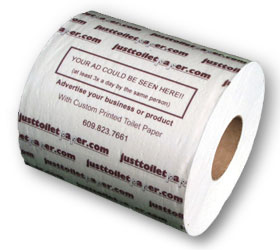It seems the mobile video industry is evolving along these three lines:
1. Online video content is aggregated on the web, RSS-style and downloaded by consumers through PCs onto mobile devices.
2. Traditional TV content is PVRed and transferred onto a mobile video player for viewing on the go.
3. Video content is streamed directly to mobile devices - the current likely candidates are game consoles and cell phones - either through satellite or mobile networks.
So what, you'd ask. Mobile video means new channel(s) and new opportunities, and since the interaction patterns with this new medium will be different, it's a good time to start pondering.
The past two weeks were rich in news and comments on the subject, and below are some of the most interesting links:
"A successful mobile business idea comes from considerations of the mobile phone characteristics, not from an analysis of already available content. That's why "
mobisodes" do make sense and full length movies don't; SMS proved to be the killer application while MMS are facing a slow adoption."
--
AdverBlog
"...A little teaser from Sony Computer Entertainment CEO and president Ken Kutaragi about how they might be adding a
mobile phone function to the PSP in the near future."
--
Engadget
"MobaHo! -- a joint venture of 88 Japanese and Korean companies -- is gambling Big Money that Asians will want
satellite TV and radio broadcasts beamed from the sky direct to their handheld receivers, cell phones and car-mounted tuners -- and maybe even iPods in the future."
--
Wireless Watch
"Remember when we
told you Nintendo would be adding video playback abilities via a $49 adapter for the DS? The company is now taking pre-orders for the device, called Play-Yan, and it is, in fact, selling for $49."
--
Engadget
"Sirius Satellite Radio will use Microsoft's Windows Media Video 9 software to help create and broadcast future video services, the companies said Wednesday." The mobile video service is scheduled for 2006 and will include children programming delivered to cars.
--
CNET
"According to
DM Europe (via
picturephoning), Norwegian TV viewers can now send in video clips from their mobile phones and have them shown on the national TV programme
Svisj, an entertainment for youngsters."
--
Unmediated
"When I wrote my initial
paper about videoblogging last summer I was looking for a number of technical solutions in order to make sharing and co-creation of video more feasible. A lot of people seem to be interested in videoblogging and a number of new services and ideas have emerged during the last six months."
--
Unmediated
Desktop video aggregator for OS X is released.
Previous posts:
Mobile Video: Phones
Video on PlayStation Portable
Head-Mounted Display, Finally?
Keywords: mobile video, mobile advertising, advertising technology, new media, advertising channel
































